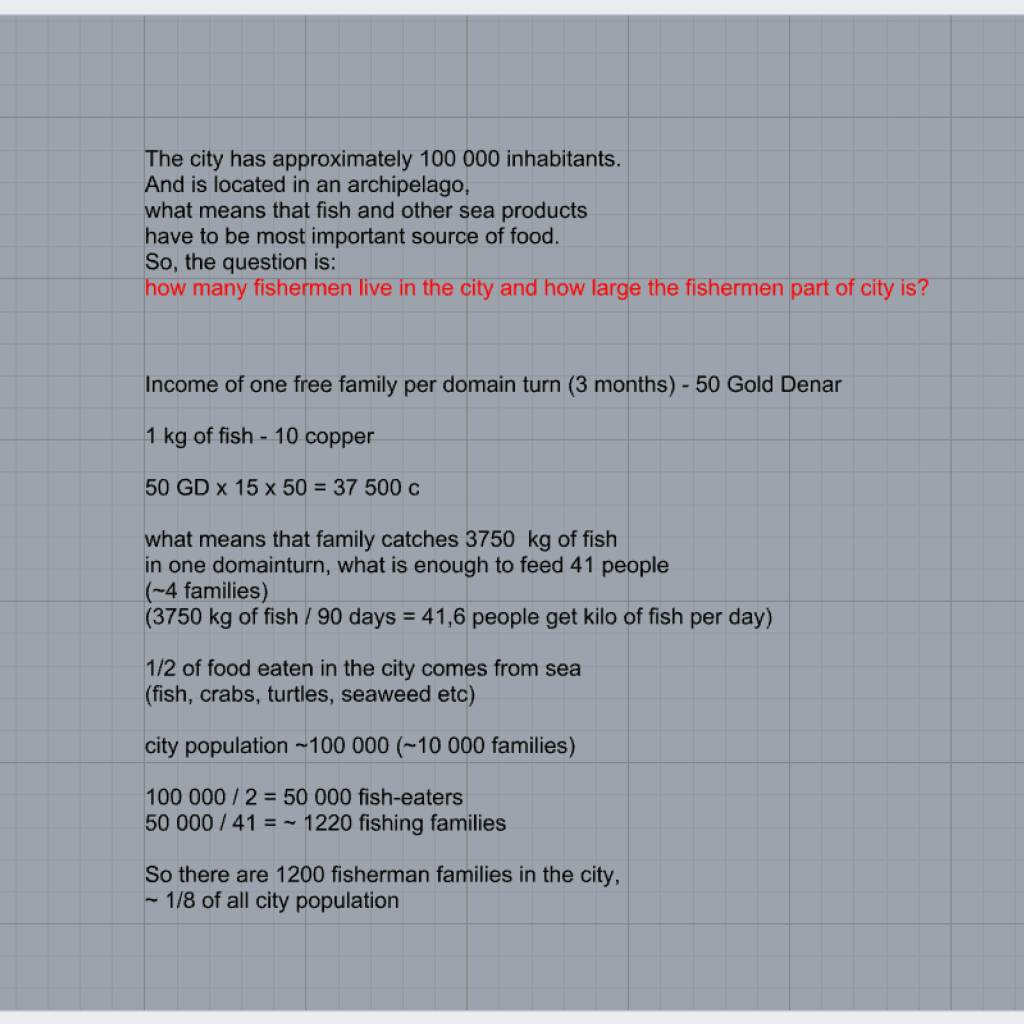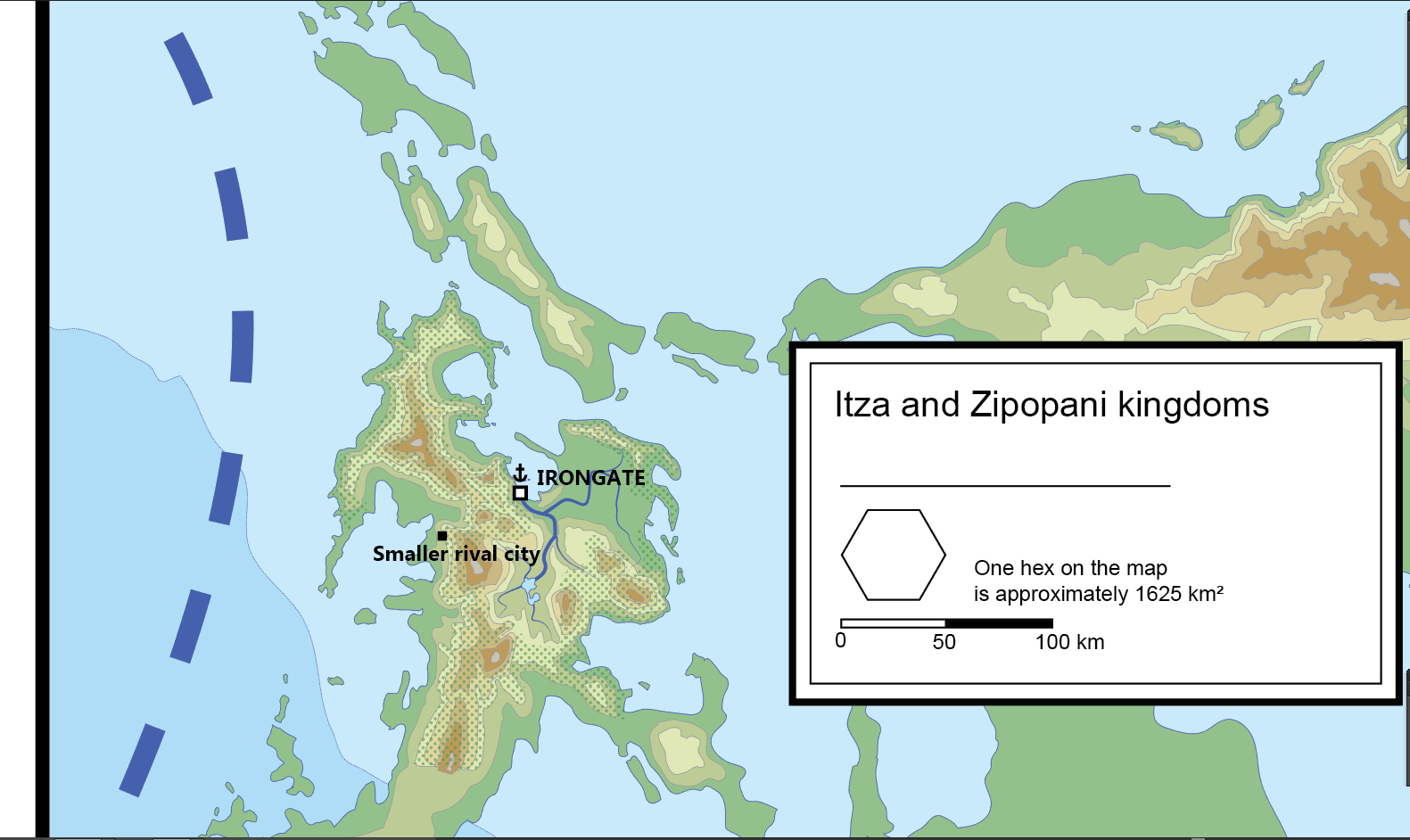As I mapped the lands around the city yesterday, I encountered an intriguing problem – the city may not have enough food to sustain its population, which could in turn be a metaplot and source for adventure.

There appear to be only two more prominent areas for agriculture around the city. Both areas are densely populated with settlements and fields. They both fit into approximately 1625 km2 hexagons, which means that if all the land was fully populated with settlements and fields, there would be 3250 km2 of land with 812 villages and a total population of 203 125 people.
Note: These calculations are based on data from the SAKE system domain module, which is not yet translated into English, but will be in the spring.
However, in reality, no land is 100% populated, but we can take the highest population density in the Asteanic world as a reference, which are the Thefna’n grasslands with around 30 people per km2. It is likely that the areas surrounding the central city of the historical Itzade empire are very densely populated. As a result, there are 97 500 people living in 390 villages in the area, which is the same as in the capital of the Itza state itself, for which we decided to have a population of 100 000. This population must now be fed.
Kaliland is relatively close to the equator and covered in dense jungles, which means that the soil there is not so fertile red soil. The soil fertility of the villages would be a d6 compared to a maximum of d12, which is very low. However, as the area has been inhabited for a long time, it can be assumed that all cultivable land has been crisscrossed with various irrigation and drainage canals, resulting in a soil fertility of d8.
Let’s see if we can feed the city!
100 people require 10 tons of food per domain turn (3 months). So, the city requires a total of 10 000 tons of food per turn.
In a region with a soil fertility of d8, 8 city families (or 80 people) can be fed for each village in addition to the villagers.
390 villages x 80 city people = 31 200 fed people. That’s not much! But before starting to map Turtletown, we made one more calculation:

Here we can see that half of the city is actually fed by the Turtletown fishermen. That means:
100 000 – 50 000 (seafood) – 31 200 (land food) = 18 800 unfed people, or a food shortage of 1880 tons of food for the city during the domain turn.
Back when the city was the centre of the empire, this wasn’t a problem – importing 2000 tons of food from the surrounding islands wasn’t very difficult. But now, with the collapse of the Itza state, there could be all sorts of problems. Where this extra food will come from and what adventures may arise around this are left open for now.
I’ll leave a reminder for myself here: the empire fragmented 15 years ago, and the city’s population still stands at 100 000, meaning it has been able to sustain itself for 15 years from an unknown source. Significant food shortage issues are likely to occur only when the PCs reach the city.
PS: And we got the whole population of the remaining state – around 200 000. And remaining borders for now:




























Leave a Reply